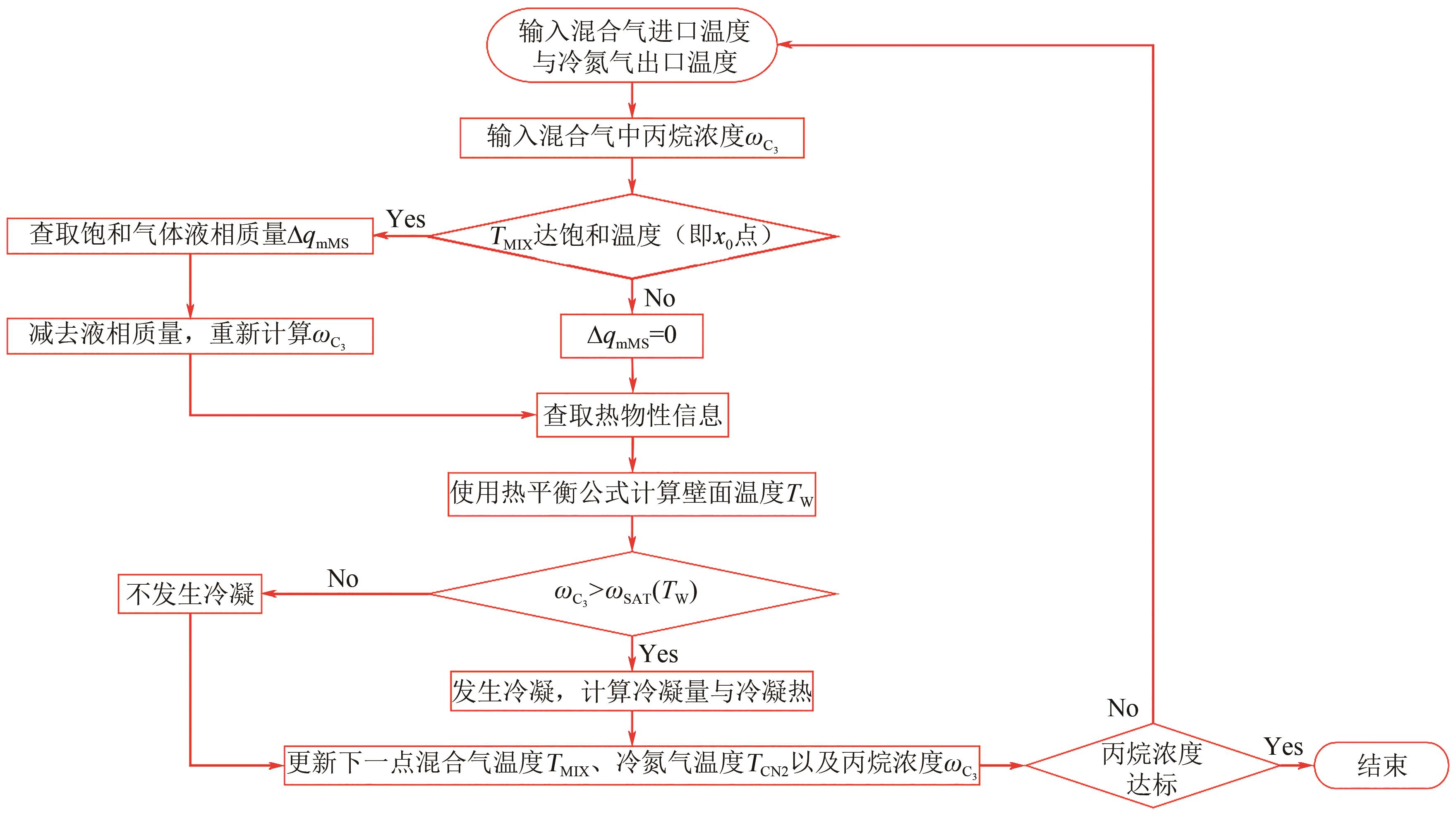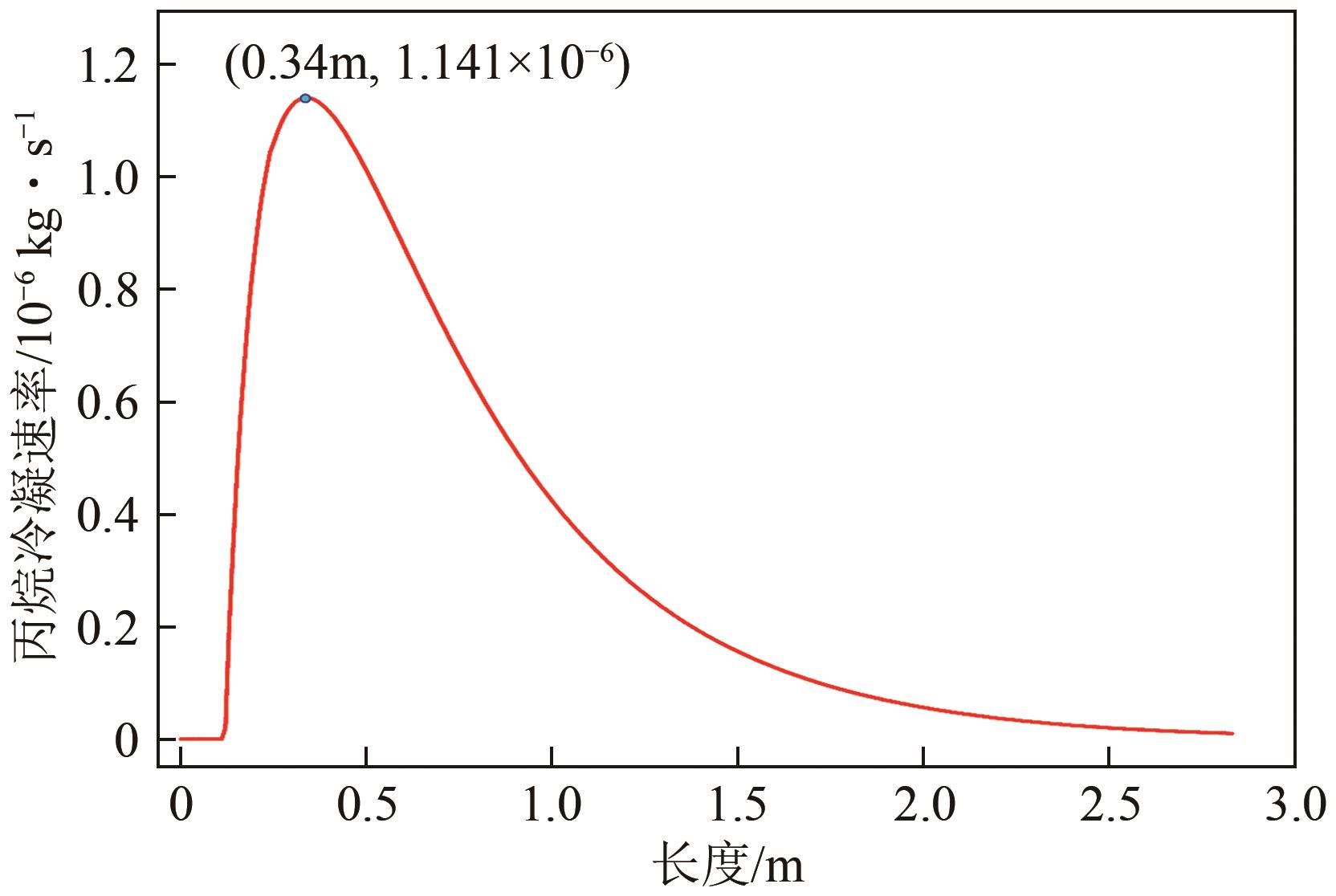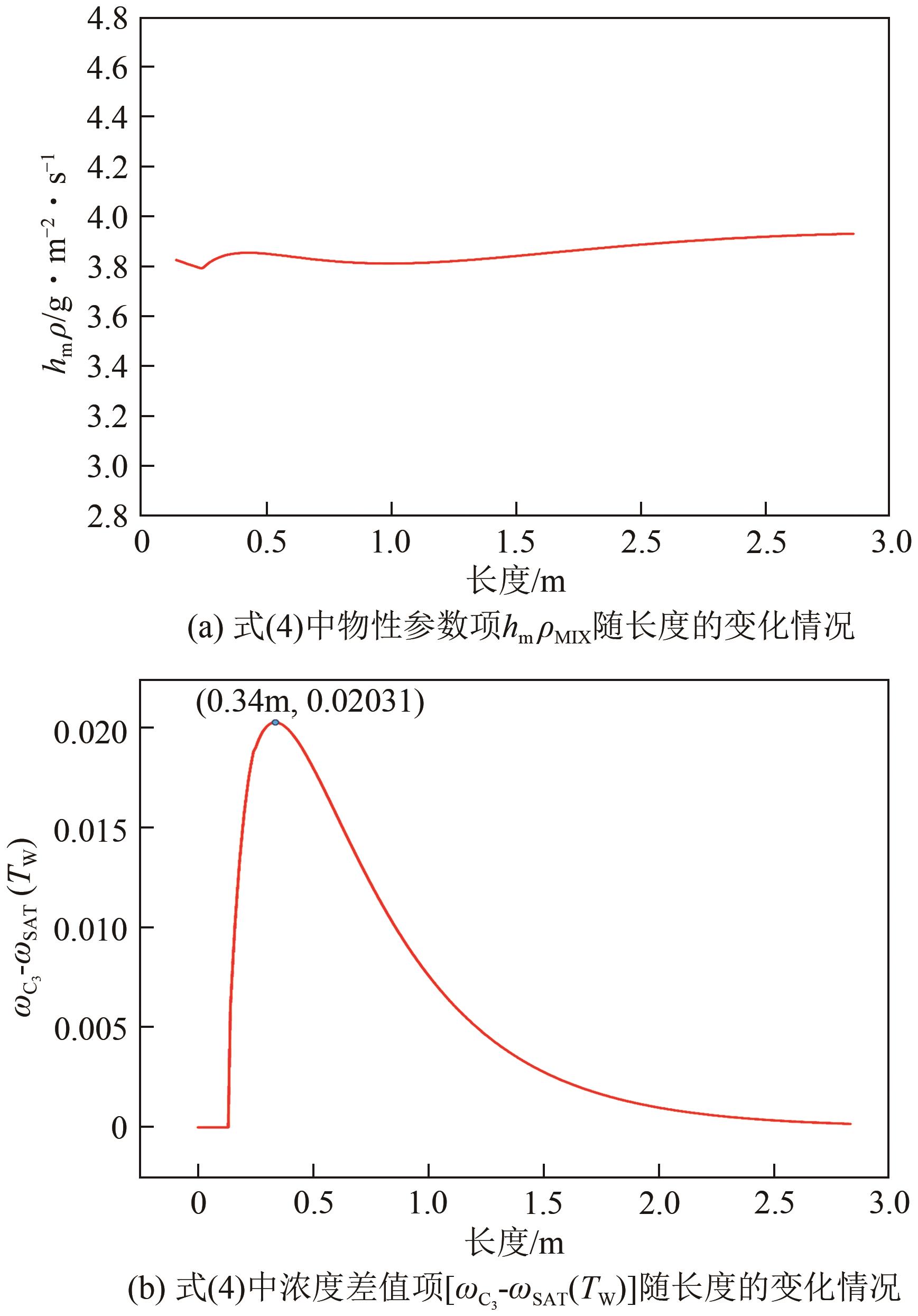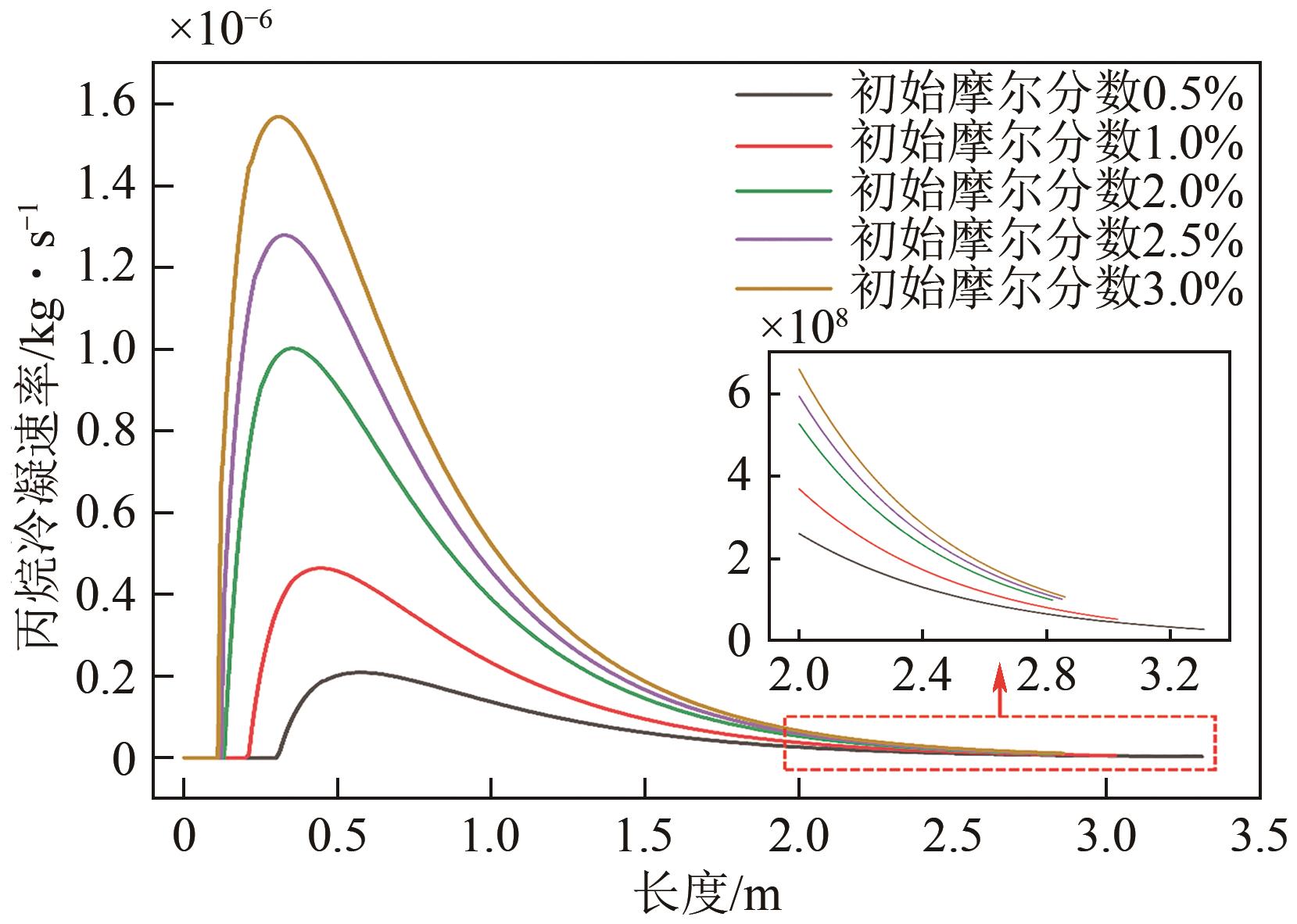| [1] |
WANG Tai, SU Shuo, LI Shengrui, MA Xiaolong, LIU Chuntao.
Dynamic behavior of single bubble attached to the solid wall in the AC electric field
[J]. Chemical Industry and Engineering Progress, 2023, 42(S1): 133-141.
|
| [2] |
MA Yi, CAO Shiwei, WANG Jiajun, LIN Liqun, XING Yan, CAO Tengliang, LU Feng, ZHAO Zhenlun, ZHANG Zhijun.
Research progress in recovery of spent cathode materials for lithium-ion batteries using deep eutectic solvents
[J]. Chemical Industry and Engineering Progress, 2023, 42(S1): 219-232.
|
| [3] |
CHEN Kuangyin, LI Ruilan, TONG Yang, SHEN Jianhua.
Structure design of gas diffusion layer in proton exchange membrane fuel cell
[J]. Chemical Industry and Engineering Progress, 2023, 42(S1): 246-259.
|
| [4] |
YANG Yudi, LI Wentao, QIAN Yongkang, HUI Junhong.
Analysis of influencing factors of natural gas turbulent diffusion flame length in industrial combustion chamber
[J]. Chemical Industry and Engineering Progress, 2023, 42(S1): 267-275.
|
| [5] |
GUO Qiang, ZHAO Wenkai, XIAO Yonghou.
Numerical simulation of enhancing fluid perturbation to improve separation of dimethyl sulfide/nitrogen via pressure swing adsorption
[J]. Chemical Industry and Engineering Progress, 2023, 42(S1): 64-72.
|
| [6] |
SHAO Boshi, TAN Hongbo.
Simulation on the enhancement of cryogenic removal of volatile organic compounds by sawtooth plate
[J]. Chemical Industry and Engineering Progress, 2023, 42(S1): 84-93.
|
| [7] |
CHEN Lin, XU Peiyuan, ZHANG Xiaohui, CHEN Jie, XU Zhenjun, CHEN Jiaxiang, MI Xiaoguang, FENG Yongchang, MEI Deqing.
Investigation on the LNG mixed refrigerant flow and heat transfer characteristics in coil-wounded heat exchanger (CWHE) system
[J]. Chemical Industry and Engineering Progress, 2023, 42(9): 4496-4503.
|
| [8] |
LIU Xuanlin, WANG Yikai, DAI Suzhou, YIN Yonggao.
Analysis and optimization of decomposition reactor based on ammonium carbamate in heat pump
[J]. Chemical Industry and Engineering Progress, 2023, 42(9): 4522-4530.
|
| [9] |
ZHAO Xi, MA Haoran, LI Ping, HUANG Ailing.
Simulation analysis and optimization design of mixing performance of staggered impact micromixer
[J]. Chemical Industry and Engineering Progress, 2023, 42(9): 4559-4572.
|
| [10] |
WANG Baoying, WANG Huangying, YAN Junying, WANG Yaoming, XU Tongwen.
Research progress of polymer inclusion membrane in metal separation and recovery
[J]. Chemical Industry and Engineering Progress, 2023, 42(8): 3990-4004.
|
| [11] |
LYU Jie, HUANG Chong, FENG Ziping, HU Yafei, SONG Wenji.
Performance and control system of gas engine heat pump based on waste heat recovery
[J]. Chemical Industry and Engineering Progress, 2023, 42(8): 4182-4192.
|
| [12] |
HU Yafei, FENG Ziping, TIAN Jiayao, SONG Wenji.
Waste heat recovery performance of an air-source gas engine-driven heat pump system in multi-heating operation modes
[J]. Chemical Industry and Engineering Progress, 2023, 42(8): 4204-4211.
|
| [13] |
YE Zhendong, LIU Han, LYU Jing, ZHANG Yaning, LIU Hongzhi.
Optimization of thermochemical energy storage reactor based on calcium and magnesium binary salt hydrates
[J]. Chemical Industry and Engineering Progress, 2023, 42(8): 4307-4314.
|
| [14] |
LU Yang, ZHOU Jinsong, ZHOU Qixin, WANG Tang, LIU Zhuang, LI Bohao, ZHOU Lingtao.
Leaching mechanism of Hg-absorption products on CeO2/TiO2 sorbentsin syngas
[J]. Chemical Industry and Engineering Progress, 2023, 42(7): 3875-3883.
|
| [15] |
YU Junnan, YU Jianfeng, CHENG Yang, QI Yibo, HUA Chunjian, JIANG Yi.
Performance prediction of variable-width microfluidic concentration gradient chips by deep learning
[J]. Chemical Industry and Engineering Progress, 2023, 42(7): 3383-3393.
|
 ), TAN Hongbo(
), TAN Hongbo( ), ZHANG Qidong
), ZHANG Qidong







